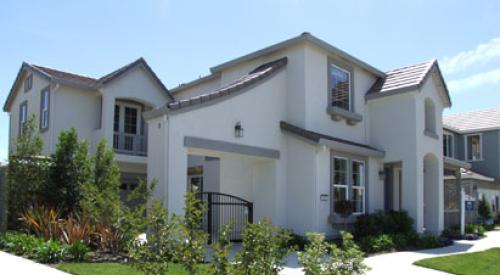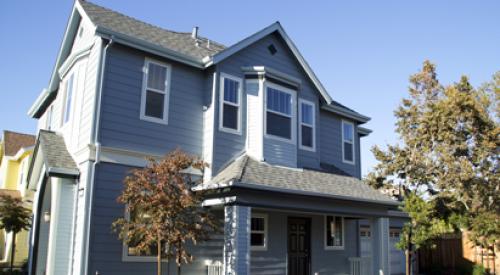During the last 50 years, the rate of growth of households has outpaced that of population growth in the U.S. The total number of households more than doubled during that period, increasing from 53 million in 1960 to 115 million in 2010 and 117 million in 2012. By contrast, the total population of the U.S., which increased from 181 million in 1960 to 314 million in 2012, grew by about 75 percent.

In addition to the increase in growth in the number of households there have been significant changes in their structure and composition, as well as their average size. During the housing recession from 2007 to 2011, we also saw the number of multigenerational households rise. All of these changes — in household structure, average size, and the growth of multigenerational households — have had a significant impact on the housing market.
In 1960, as the period of the baby boom generation (1946 to 1964) approached its end, families accounted for 85 percent of all households and non-family households for 15 percent. Among all family households, 44 percent were married couples with children, 30 percent were married couples without children, and 10 percent were other types of family households (mostly single parents with children). Nonfamily households were mostly singles.
By 1980, big changes had taken place in the structure of the American household. The share of family households declined to 74 percent and non-family households rose to 26 percent. The most significant change during the period of 1960 to 1980 was among married couples with children, whose share declined from 44 percent to 31 percent. The share of married couples without children remained almost unchanged at 30 percent during this period. Among nonfamily households (26 percent in 1980), singles were still the most common.
By 2012, the share of family households declined to 67 percent and nonfamily households rose to 34 percent. Among family households the share of married couples with children declined to 20 percent, the share of married couples without children remained steady at about 30 percent, and the share of other family households (mostly single parents) rose to 18 percent. Among nonfamily households the share of singles rose to 28 percent and other nonfamily households to 6 percent.
Looking at this another way, among family households, the share of married couples with children declined from 44 percent in 1960 to 26 percent in 1990 and to 20 percent in 2012. The share of married couples without children remained virtually unchanged from 1960 to 1990, at around 30 percent. The share of other family households (mostly single parents) increased from 10 percent in 1960 to 15 percent in 1990 and 18 percent in 2012. Among nonfamily households the share of singles increased from 13 percent in 1960 to 25 percent in 1990 and 28 percent in 2012. The share of other nonfamily households increased from 2 percent in 1960 to 5 percent in 1990 and 6 percent in 2012. Most of the changes in household composition occurred during 1960 to 1990; changes since 1990 have been smaller.

There also have been significant changes in household size during the past 40 years. The most profound changes occurred in the largest and the smallest households. The share of one-person households increased from 17 percent in 1970 to 25 percent in 1990 and 27 percent in 2012, and the share of 5 persons or more households declined from 24 percent in 1970 to 10 percent in 2012. The share of two-person households increased from 29 percent in 1970 to 34 percent in 2012 and the share of three- and four-person households declined from 34 percent in 1970 to 29 percent in 2012. Overall, average household size declined from 3.14 in 1970 to 2.63 in 1990 and to 2.55 persons in 2012. The main reason for the decline of household size is the rise in share of single-person households. The rate of decline in average household size is much smaller since 1990.
The multigenerational household, which is defined as three or more generations living together, started to gain some ground in the U.S. during the past thirty years and more so in the past 10 years. According to the Census Bureau data the share of multigenerational households, among a total of 80.5 million family households in 2012, was 4.6 percent compared to 3.9 percent in 2000 and 3.2 percent in 1990.The reasons for this rise in multigenerational households are both economic and cultural. Among the economic reasons are a high unemployment rate and the high cost of owning and renting. Improvements in the economy and job market will undoubtedly create more demand for housing.











